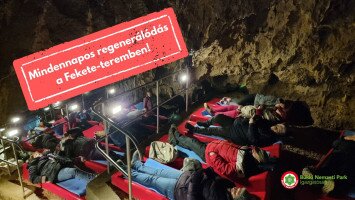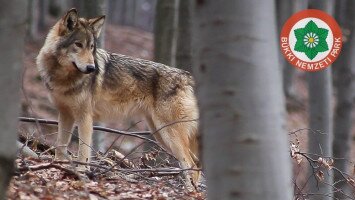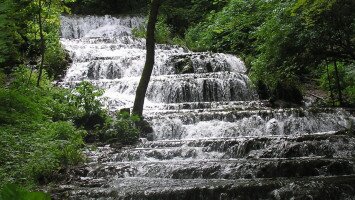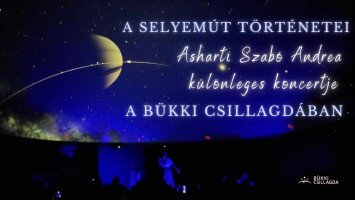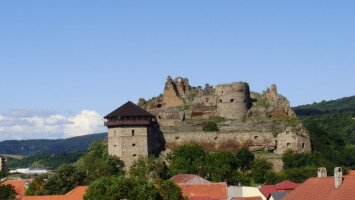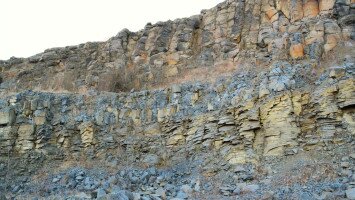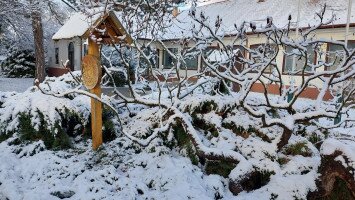
On June 28th, the staff of the Bükki Csillagda will hold a night stargazing event at the Ipolytarnóc Fossils. It is worth registering in advance for the innovative program organized by the Bükki National Park Directorate. You can be sure that there are living beings who look down even from the Milky Way to the gate of the Novohrad-Nógrád UNESCO Global Geopark. Don't hesitate, come and look back at them from our Miocene park.
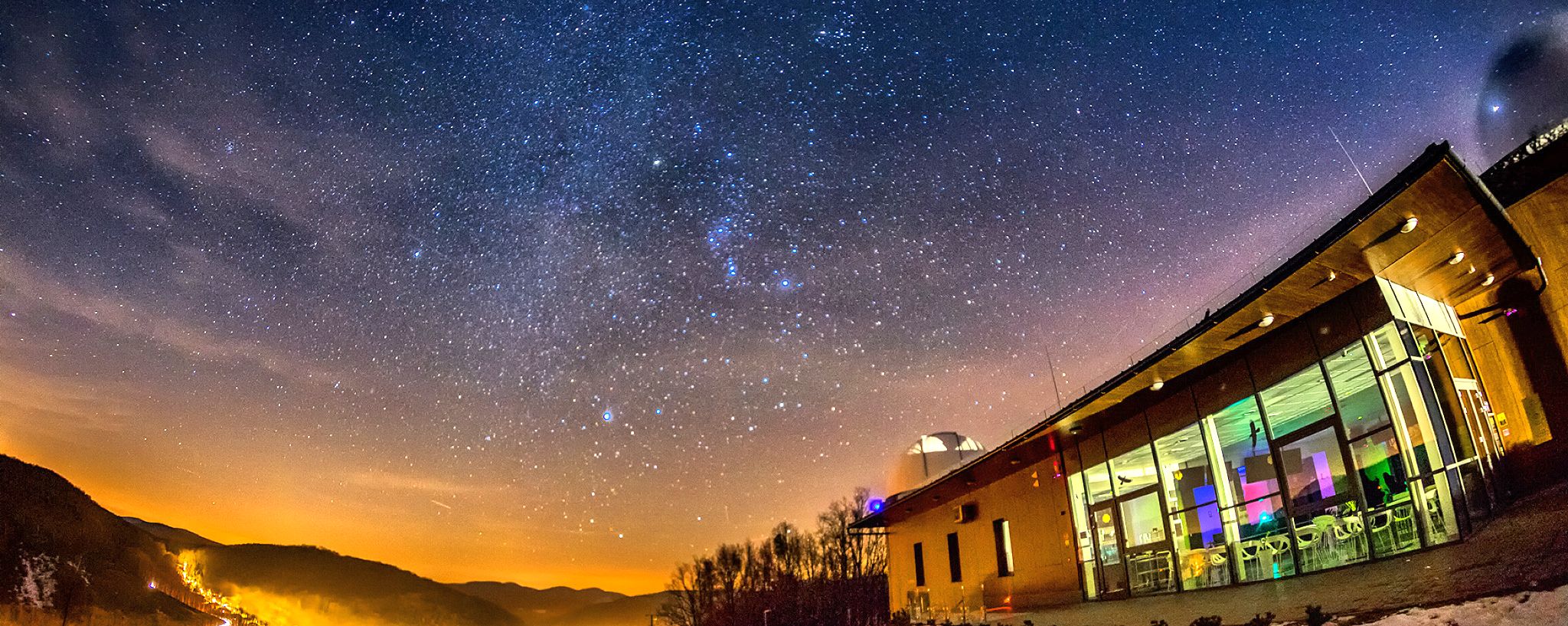
The private, exclusive program starting at 7:00 p.m., is open to those who have registered in advance. In addition to examining the starlight that set off millions of years ago, the night sky of the Miocene prehistoric world will also be illuminated, and the meteorite impact that caused the demise of the dinosaurs will also be commemorated.

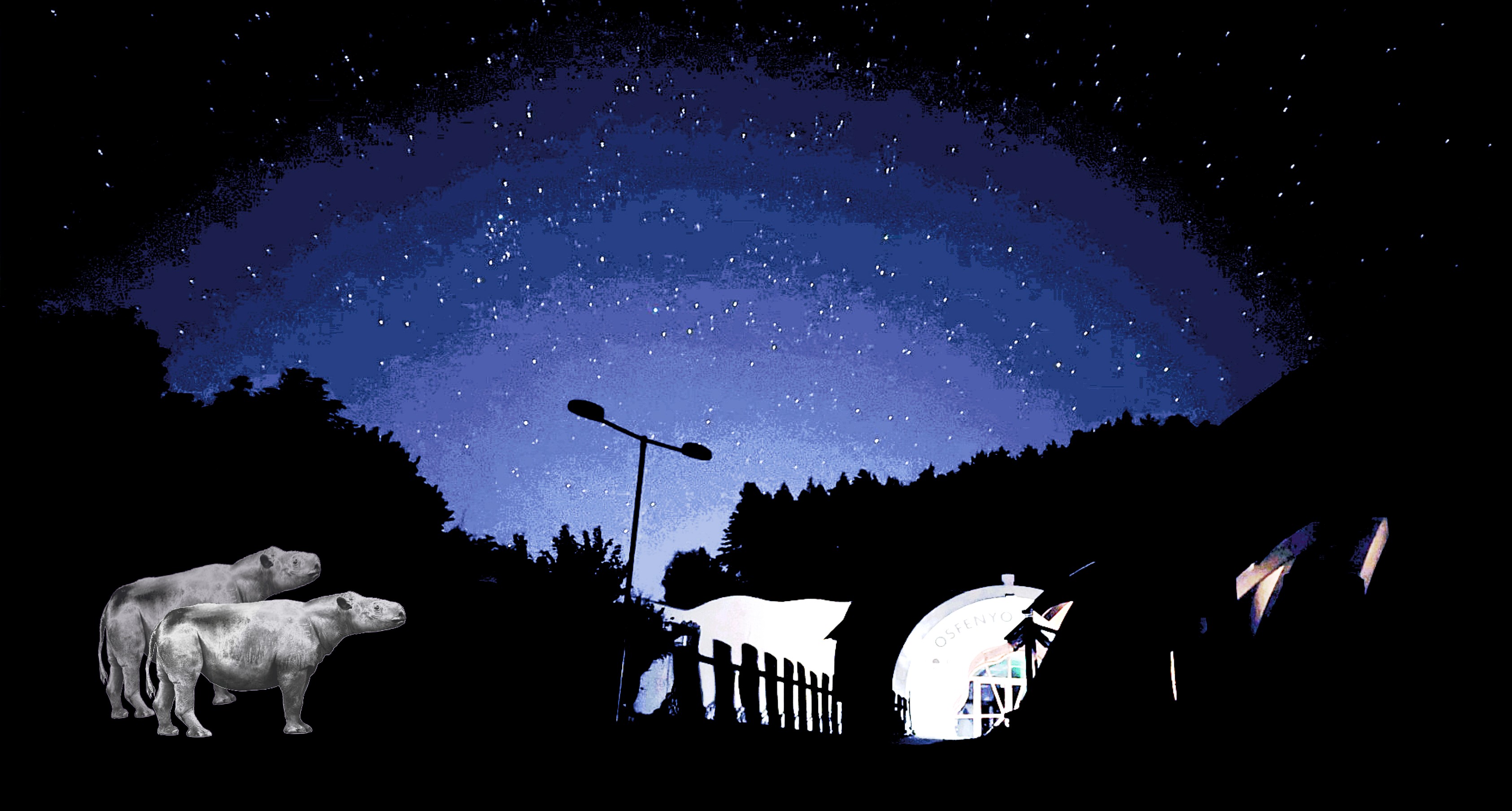
A galactic guide, as well as crafts and short film screenings related to playful astronomical tasks, will get participants in the mood for the telescope program starting at 9:00 p.m.
But those who are hungry for more than just spiritual nourishment can pay for a starlit dinner at the Lombkorona café.
In clear weather, the program will include recognizing constellations while looking at the Path of Wars (In ancient Hungarian mythology, the Milky Way is known as the “Way of Wars” and as the “Star Path of Prince Csaba”. According to legend, Prince Csaba, son of King Attila the Hun, left the earthly world on this star path, and will return if his people need help), identifying the Moon-Fistula conjunction, comet C/2023 A3, Saturn, Mizar-Alcor, the M13 globular cluster, M57 (Ring Nebula), M27 (Weight Nebula), Albireo, Neptune, Uranus and Jupiter, as well as other surprises. In rainy weather, presentations will take place in the Ancient Pine Visitor Center.

The participation fee for the program, which ends at 10:30 p.m., is 3,500 HUF/person, the number of participants is limited to 40, those who registered in time and pre-purchased online will have priority.
If online tickets run out, please register by sending an email to ipolytarnoc@osmaradvanyok.hu, with the subject line stargazing, your name and mobile number, no later than 12:00 on June 27, 2025.
The employees of the Miocén Park visited the Bükki Csillagda 2 years ago, as evidenced by the New Year greeting cards, and we hope that this return visit will be a joyful one.
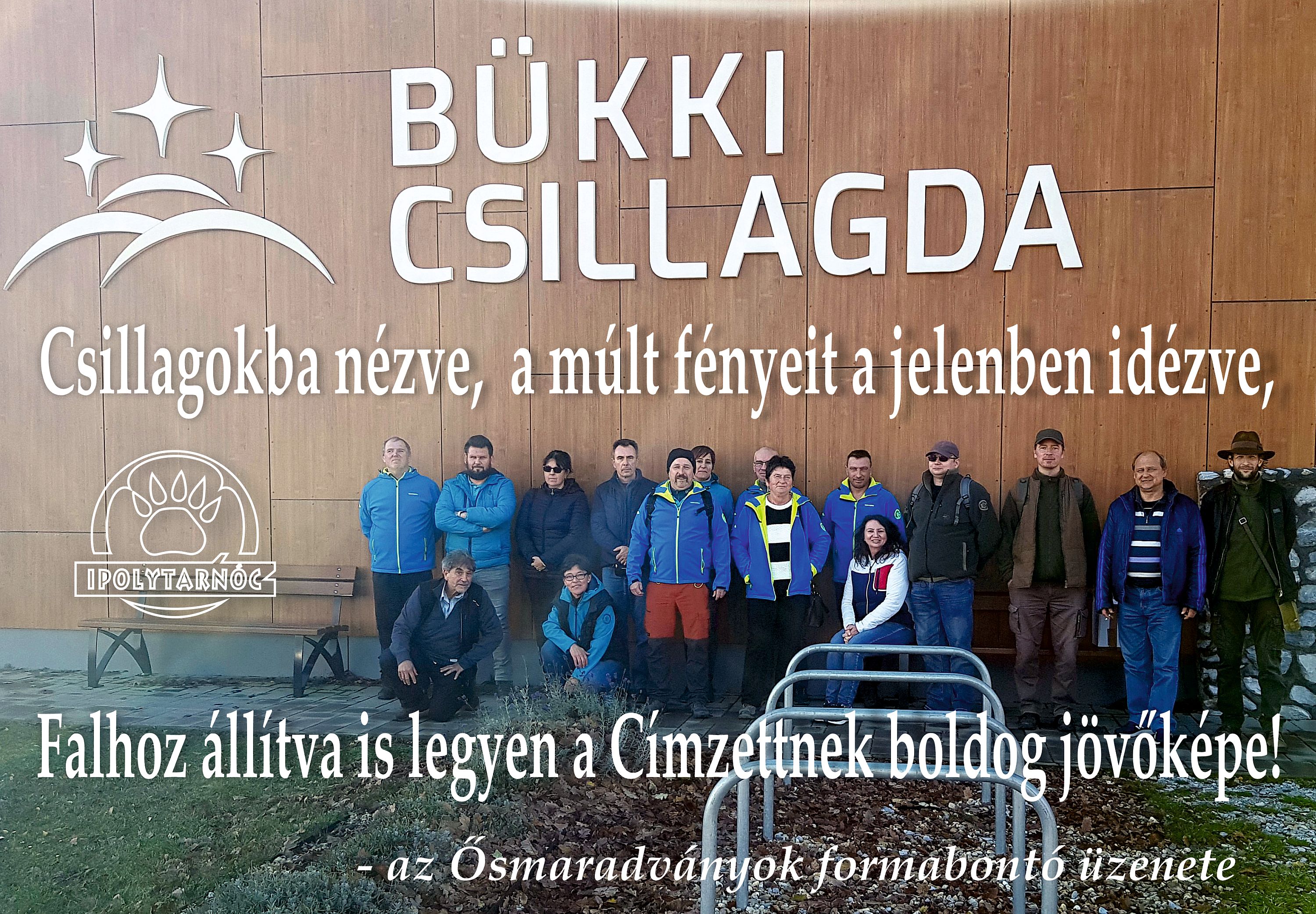
The Happy New Year message goes like this: While looking up at the stars and evoking the lights of the past, even when at present being forced against the wall, there should be a vision of a happy future for the recipient.

